GDC 2013: The Breakdown of Inciting Emotions Through Playing
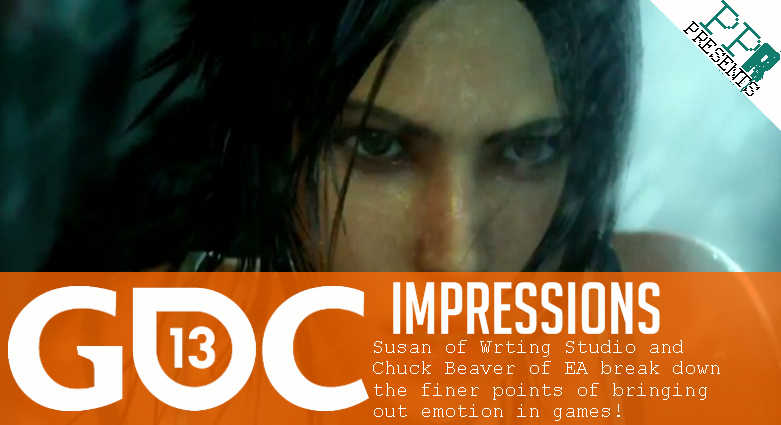
 motions are strong, depending on how they’re conveyed or felt; they can go on to be overwhelmingly powerful. Storytelling in games is evolving from using the artifice of genuine emotion to simply drive plot or narrative, and instead is gradually manifesting itself into a very real takeaway from direct interaction that’s piloted by the player, and solely on a script. Susan O’Connor of Writing Studio alongside Chuck Beaver of Electronic Arts take the stage at GDC 2013 and explain the finer points and fundamentals of writing within games that will flesh out what the player feels above anything else.
motions are strong, depending on how they’re conveyed or felt; they can go on to be overwhelmingly powerful. Storytelling in games is evolving from using the artifice of genuine emotion to simply drive plot or narrative, and instead is gradually manifesting itself into a very real takeaway from direct interaction that’s piloted by the player, and solely on a script. Susan O’Connor of Writing Studio alongside Chuck Beaver of Electronic Arts take the stage at GDC 2013 and explain the finer points and fundamentals of writing within games that will flesh out what the player feels above anything else.
The comparisons have been made with other media like film and literature, and that video games aren’t too far behind as developers are now breaching the intellectual wall of the human element and then implementing it in their games. Viewing video games as a bridge of media that connects with players, Susan went on to explain that the player is the pilot in the experience that the game is offering, and the experience needs to be bigger than what’s played since the dynamics of gameplay pilot what’s found at the end of the cerebral bridge that is human emotion. Video games have the unique ability to challenge us reflexively, skills derided from the reptilian end of our brains. But more often than not, the focus on the quote unquote “play” aspect of games take focus over the other elements of game, holding it back from being an experience.
O'Connor then went to explain that there’s a systematic process, a list of steps that are integral during different stages of development that can make the difference towards trying to make a player feel. It’s then that she and Beaver, starting with pre-production, begin outlining these steps.
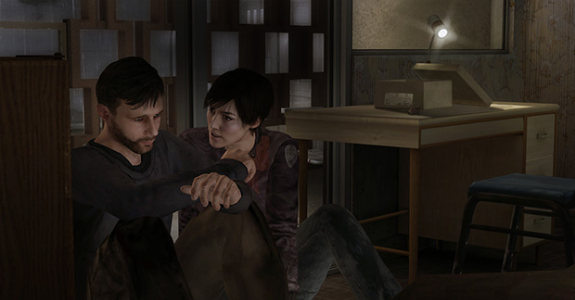
The first step in the pre-production process of developing a game is the concept model, which can be broken down to opportunity and capability of the staff on-hand to develop the foundation for core mechanics. Studios often neglect the writing aspect during this key stage. According to our speakers, this is the first mistake. In any form of media, be it film or literature, solid storytelling ultimately supports the foundation of whatever you’re trying to fundamentally drive. The vision will go nowhere if an emotional core can’t properly rest upon a solid story.
To burst out of the paradigm of stagnant narratives within stellar games, thinking with these components before anything else will yield success statistically. Pre-production is integral for immediate writer input. Whatever is conceptualized, securing the direction and pacing in which game design and game narrative need to resonate with each other as much as possible, because when the player starts shifting the story that they are a part of, the emotion fills in the gaps and communicates to the player from the outside-in.
The first step to achieve this is what Beaver calls "desire lines." As an example of the element in practice, he refers to God of War. Kratos wants the God of War dead, and as a player, the objective in play is to kill the God of War. In doing this, the player becomes connected. The second supporting step to the formula is establishing who the Antagonist is specifically, and then placing focus where they fit in to the whole story. Emphasizing the importance of an antagonist, they’re the one who is interfering with the desire lines of the protagonist. Once the conflict has been established through this formula, the experience then slowly sets in and humanizes the plight that the protagonist feels. Beaver then cited Portal as the best example of this writing element in play.
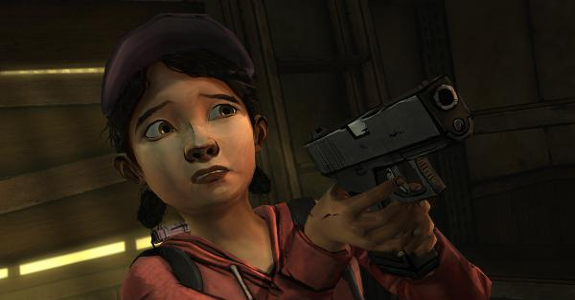
The third step involves the emotional journey: What compels the conflict the story is based around and how it helps both the protagonist and the player grow. According to Beaver, the importance of the emotional journey is crucial since it will always trump the physical outlining of plot or any subsequent plot events. The axis of personal accomplishments through tactile direction will always communicate a sense of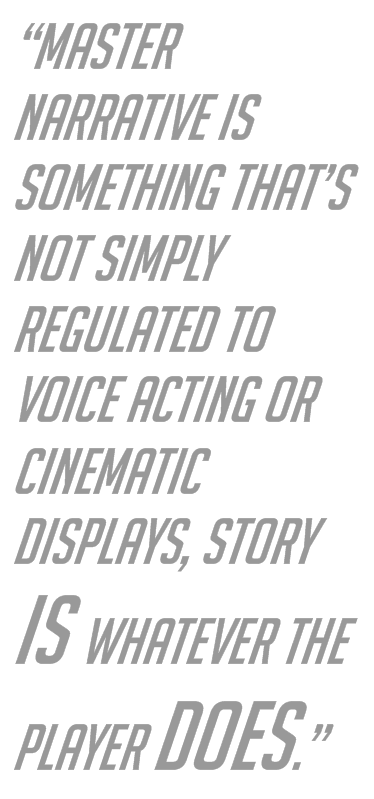 engagement; events that throw the protagonists out of the flow will remove the player by the large margin in which things have shifted greatly.
engagement; events that throw the protagonists out of the flow will remove the player by the large margin in which things have shifted greatly.
Out of the steps highlighted so far, the emotional journey was the one that stood out to me because of how often we see it used and how often it can fail. We see the emotional journey worked on first above any other developmental mechanics. As a player indulges in the results of the product, when we’re witnessing narrative unfold, the performance and conviction from the characters on screen can easily fall apart from flimsy direction. O'Connor also indicates that the lack of strong desire lines and an effective antagonist is where the process goes downhill when overlooked.
Once you have these three steps established, these unique aspects will now be put to the test from the guidelines and vision of the studio and their third party politics. They can then achieve what’s called "master narrative." Master narrative is something that’s not simply regulated to voice acting or cinematic displays. Story IS whatever the player DOES. To ensure master narrative can be at its most fruitful, a studio will need to apply these visions to come to life and essential portray what sounds amazing on paper, and commit it to a much more impacting execution.
However, the agenda and direction of both the developers and the studio must be involved within the same line of communication and direction. Doing so allows the freedom for writers to be creative in their approach, and still allows their work to serve other factors of development. Writers must be directly involved in pre-production from the very start. Once the politics of what’s being developed by their collective work, attention must be focused on the development process with their combined efforts. Doing this ensures that the tangible mechanics fall in line with intended direction of the story and fundamentally resonate with each other on a seamless level. Environments are one of the most important factors in immersion; these supplement what’s done.
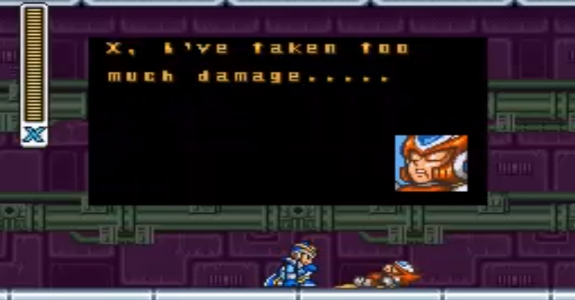
Now that O'Connor and Beaver have covered master narrative and explained the importance of a fleshed out studio and the emphasis of their combined talents bringing it together, they continue mentioning that the physical development of the title, including level design, must start before anything else. The writer’s direct involvement will influence the physical design of the levels and environments involved. Level and mission objectives like fetch quests or tepid assassinations can avoid the transparency of their goals if a writer gets involved with the composition of their pace, implementation of the setting, and its physical design. Most often, expansive worlds are the highlight. But while the traversal and interaction can excel, the lack of solid subtext could set your title apart from an experience to simply a game. An example of this in practice is Bioshock, where Rapture is expertly crated from a gameplay perspective. The real impact of the world comes from the lore and the story happening both within it and from it.
We’re approaching the last step and our speakers begin to get hot and heavy in their approach, and talk about how Pacing and authentic portrayal can be carried out through engaging scene work that moves the story. Scene writers being involved with direct development will help bridge between scene craft and set pieces, and allow the events to appear in and out of gameplay without the player ever feeling disconnected from the overall game. This is all carried from the performance and dialogue, and while they’re valuable they are not what carry the scenes, only what moves it. The compositions of the scenes are the wheels that allow for these elements to move the scenes.
These steps allow for a recipe for the gaming audiences to acknowledge the underlying turmoil and impact of what a game tries conveying. As our speakers conclude their session, they emphasize that the changes they suggested can be the secret weapons for engaging emotion into games. As technology advances, the real evolution of games isn’t in the graphics. It’s not the tech. It’s how game developers work to on making a game that forces players to feel.
 Bioshock,
Bioshock,  GDC 2013,
GDC 2013,  God of War,
God of War,  Story-telling,
Story-telling,  Tomb Raider,
Tomb Raider,  emotions,
emotions,  feeling | in
feeling | in  Features
Features 









